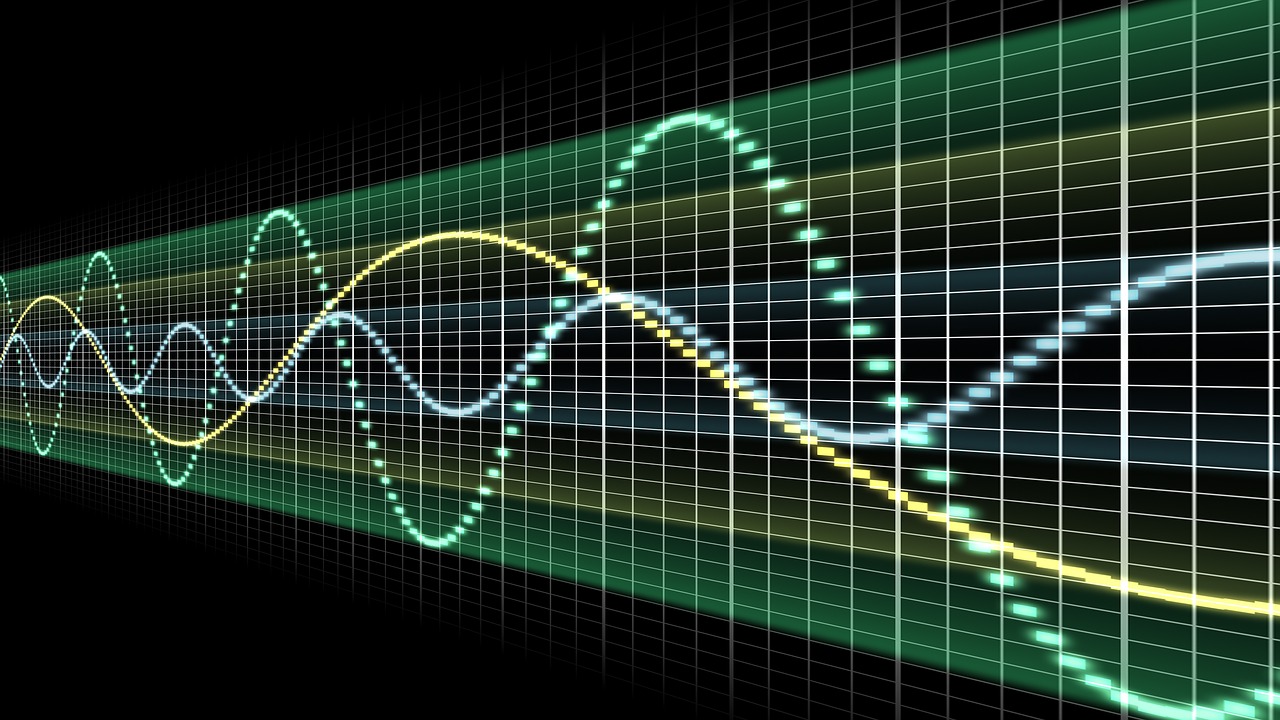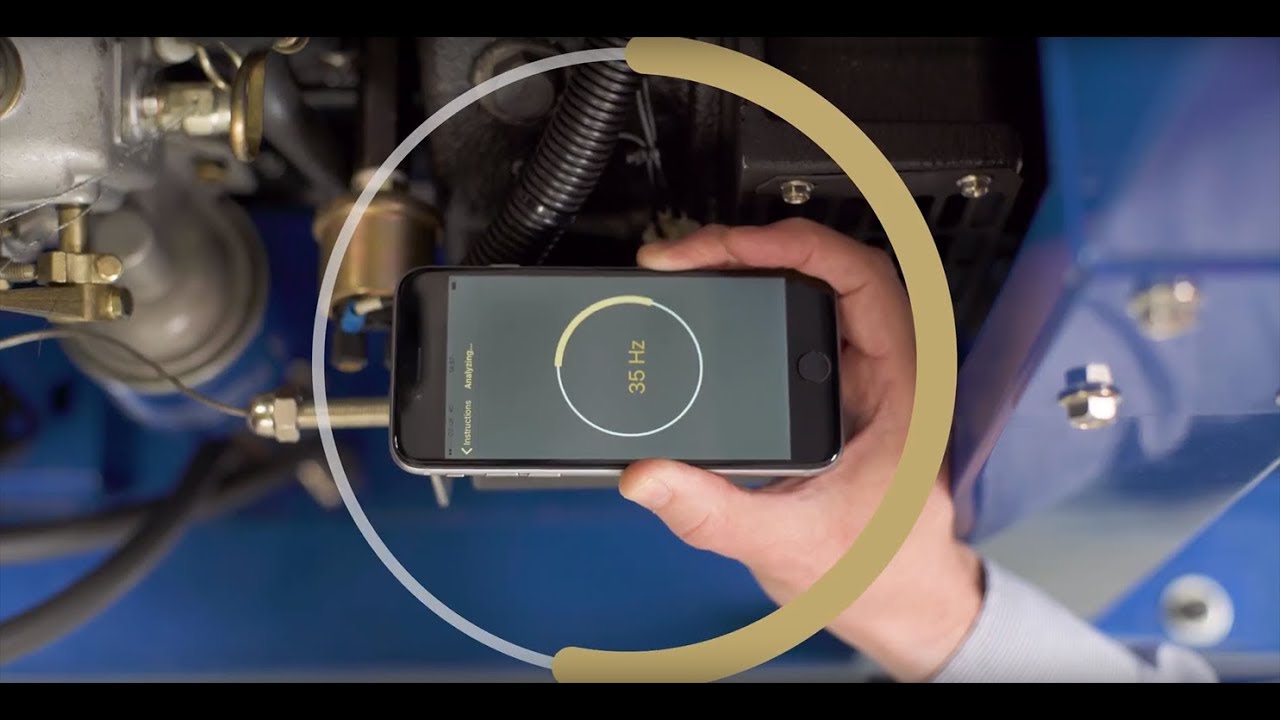Vibration isolation is the procedure implemented to isolate an object or object, machine, or mechanical device from sources giving off excessive vibrations.
Vibration is considered as a bane in the following areas:
- Engineered systems
- Places for habitation
- Research labs and many more
Here are the main types of vibration isolation systems, along with their common applications and benefits:
- Spring isolators: These consist of springs that support the equipment or payload above the foundation. Springs flex to absorb vibrations. Commonly used for HVAC equipment, compressors, pumps, and generators. Benefits include vibration isolation, floating rigid mass, works for heavy loads
- Elastomeric mounts: Made of materials like rubber neoprene that provide both flexibility and damping. Support equipment off surfaces. Used for office equipment and heavy machinery. Benefits include broad frequency isolation corrosion resistance.
- Air mounts: Use compressed air trapped inside a mount to provide suspension. Used for sensitive laboratory equipment large rotating machinery. The benefits are high isolation performance across a wide frequency range.
- Inertia bases: Heavy mass isolates vibration frequencies below their natural frequency. Used for sensitive analytical/medical equipment. Benefits include predictable load support and dependable isolation below the base’s frequency.
- Vibration isolation rails: Steel or aluminium rails with flexure pivots or displacement amplifiers for precise isolation. Used for semiconductor fabrication equipment. The benefits are stable, repeatable isolation for very precise payloads.
- Active/hybrid isolation: Use sensors and actuators with computer controls to counteract vibrations. Used for military equipment spacecraft payloads. Benefits include adaptive isolation of unpredictable vibrations.
The key is selecting an isolation system that properly supports the load and provides sufficient stiffness/damping to effectively isolate the dominant vibration frequencies from being transmitted. This protects sensitive equipment and ensures optimal performance.
What are vibration isolation systems?

These are clever contraptions or a series of mechanisms that work together to minimize the vibrations of a system.
Types of Vibration Isolation Systems
Vibration isolation systems are of the following types:
Passive vibration isolation systems
It uses passive vibration reduction techniques or devices like mechanical springs and rubber pads.
Semi-active vibration isolation systems
These systems are known for their energy efficiency and flexibility compared to passive vibration isolation systems.
Active vibration isolation systems
It uses mechanical springs backed by a sensor and feedback circuit as well as a controller and actuator. These systems deliver impressive results but cost a bit more and consume considerable power.
Applications Of Vibration Isolation Systems

Vibration isolation systems such as the clever mobile application vibration isolator pro find extensive applications in the following fields and more:
In space research organizations
Leading vibration isolation systems manufacturers work closely with global space research organisations like ISRO, NASA, DLR, JPL, and ESTEC/ESA. These space research organisations have custom-made vibration isolation systems installed in various laboratories, test floors, etc.
In the fields of neuroscience and biology
Vibration isolation systems are often used in these two sectors, especially when scientists need to reduce vibration in the system when they are carrying out sensitive processes like fluorescent dye imaging, patch clamping, electrophysiology measurements, etc.
Benefits Of Vibration Isolation Systems

It isn’t very easy to reduce the vibrations emanating from sources of vibration from getting transferred to surrounding elements while ensuring that mechanical support remains intact.
With that being stated, it is best to keep in mind that a lot of important sectors benefit a lot from using vibration isolation systems such as:
The engineering sector
Research and development sector
Product design/development sector
By using vibration isolation systems, the above-mentioned sectors can benefit in the following ways:
- These sectors will notice an increase in energy efficiency in their premises, thereby bringing down the monthly or annual energy bills by many folds
- These sectors will also notice that their infrastructure/equipment/machinery rarely breaks down. This will allow them to save a lot of money since they won’t be spending tons of cash purchasing replacement parts for their equipment.
Humankind has been progressing steadily in technology, medicine, engineering and science. This means the need for vibration isolation systems will continue to increase as the years go by. As mentioned earlier, vibration isolation systems are part and parcel of test and research applications. It is also an intrinsic part of nano-tech research studies. As humans make technological and scientific progress, the demand for vibration isolation systems will continue to rise to make inefficient laboratory environments efficient and reliable.

























